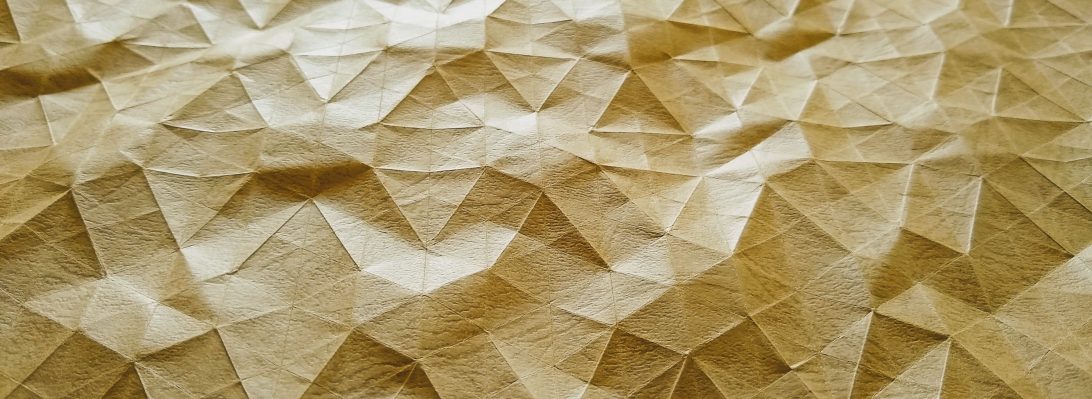Insects seem to be a fascination among origami designers – at the height of “bug wars” when designers were competing for the most intricate designs that were complex, had lots of legs, were thin and realistic renderings and really pushed the boundaries of existing techniques:
This astonishing model starts as a frog base. Through a torturous set of point isolation and narrowing, we get the impossibly thin legs and a lovely set of antennae. Halve this, now fold that in half, then do a double rabbit ear, now halve that … thank goodness for thiiiiin paper and accurate folding. Continue reading →






